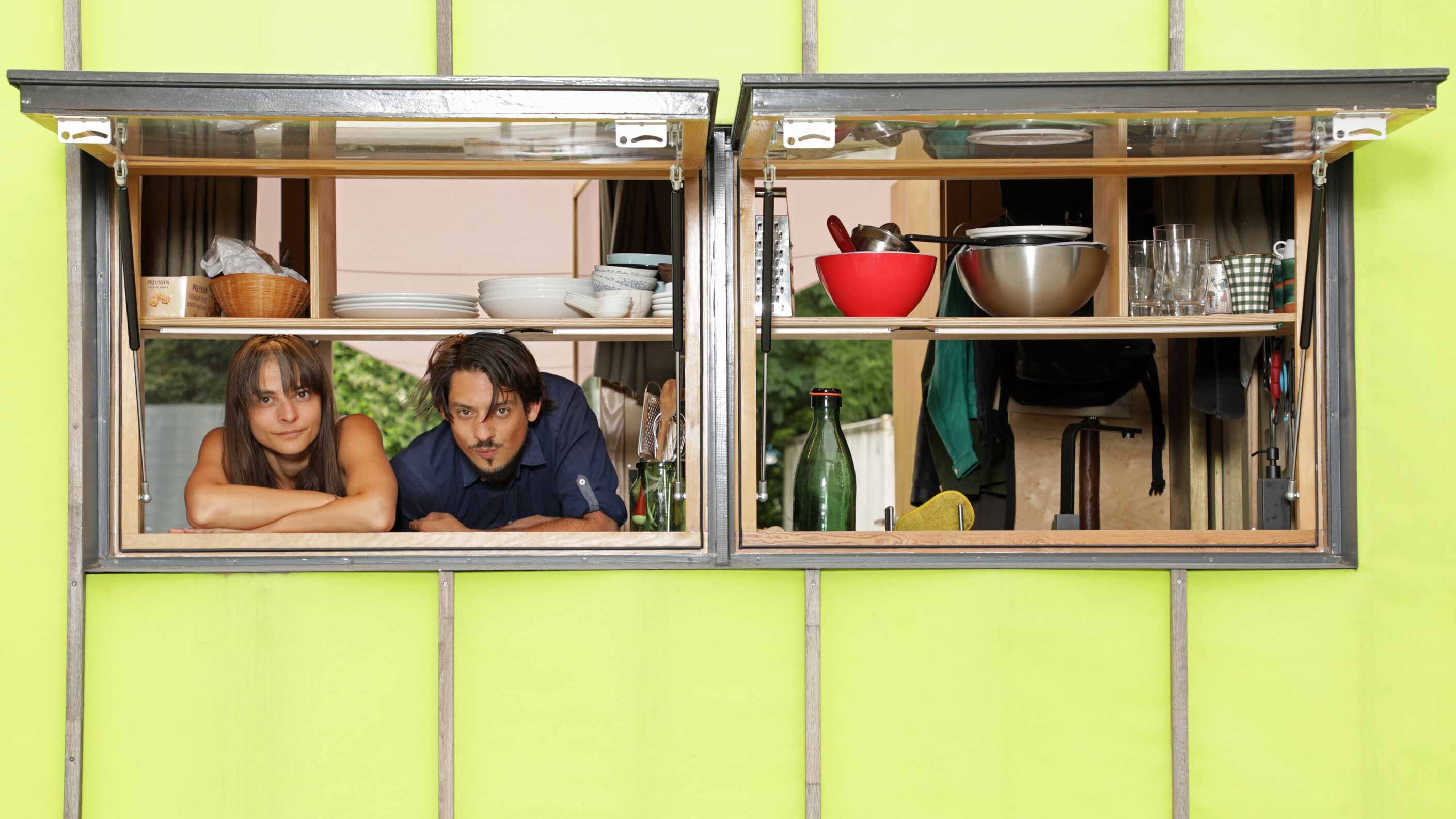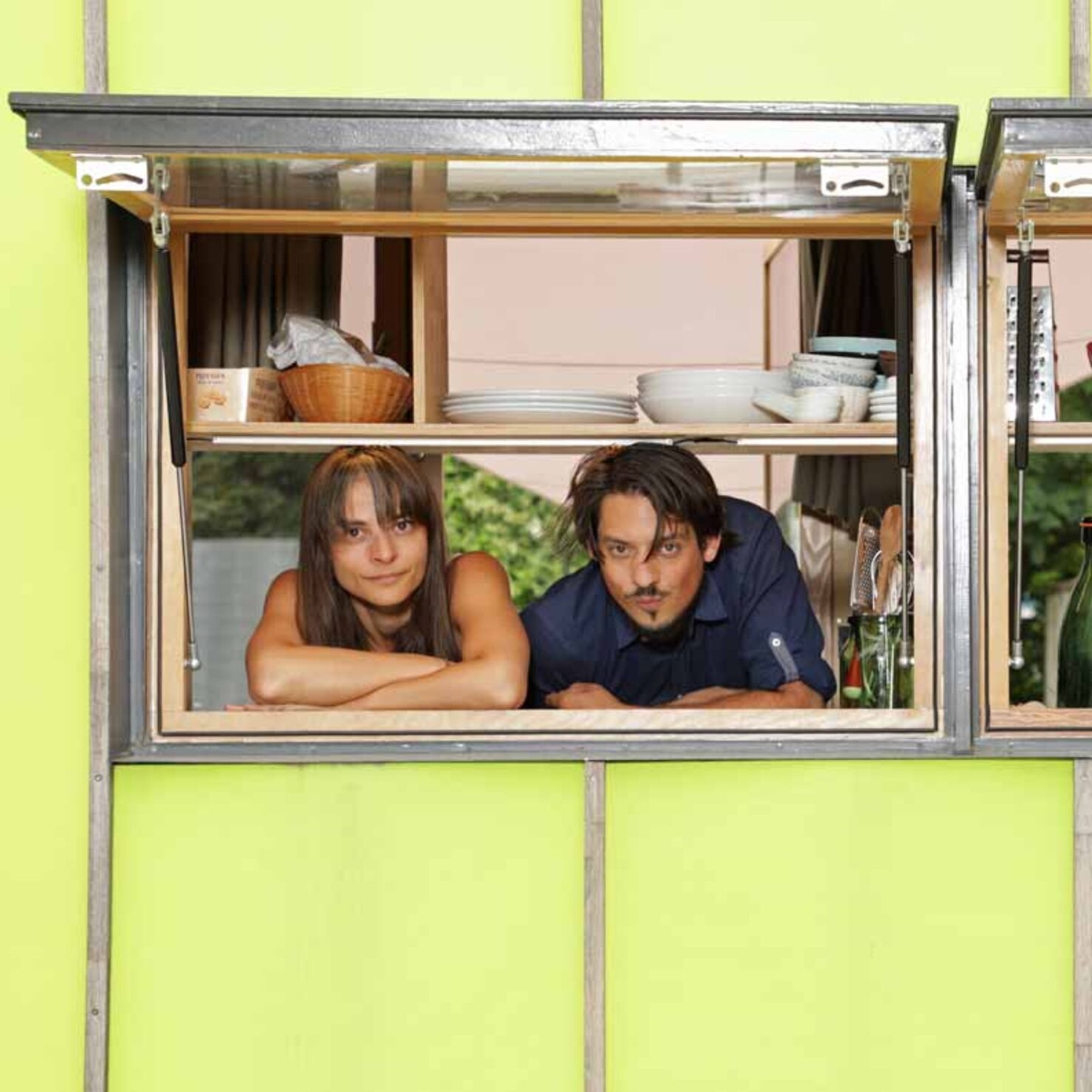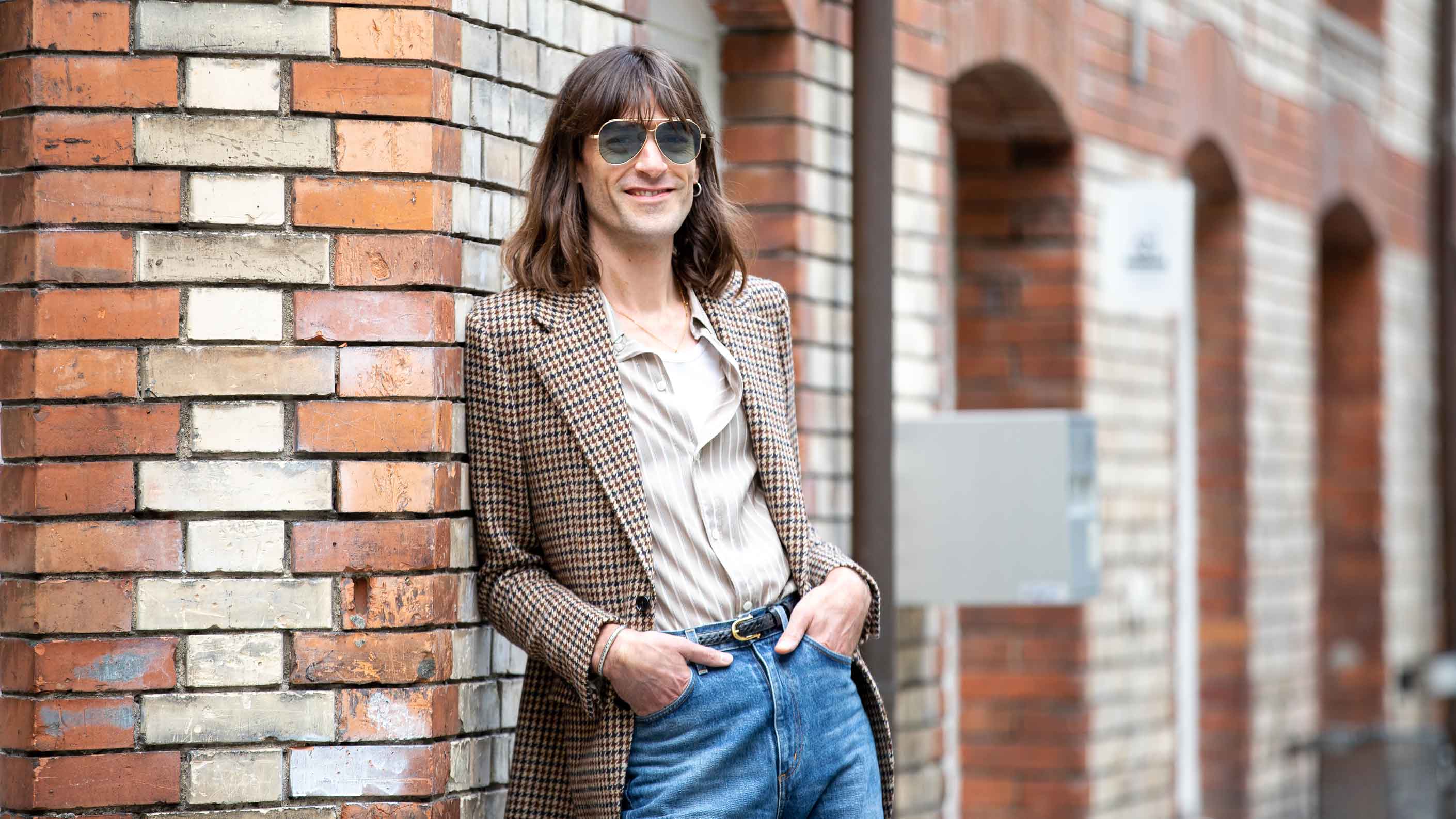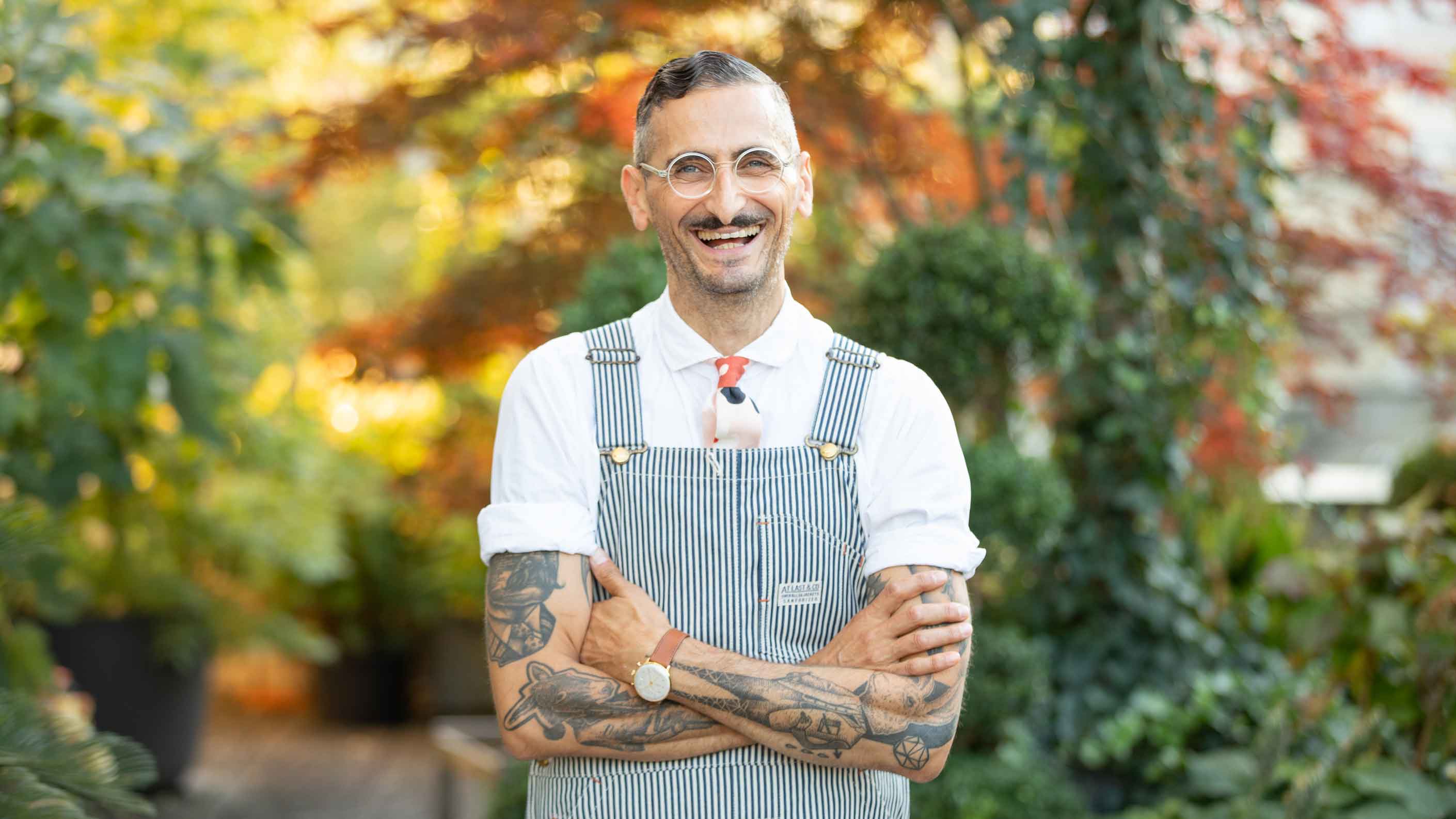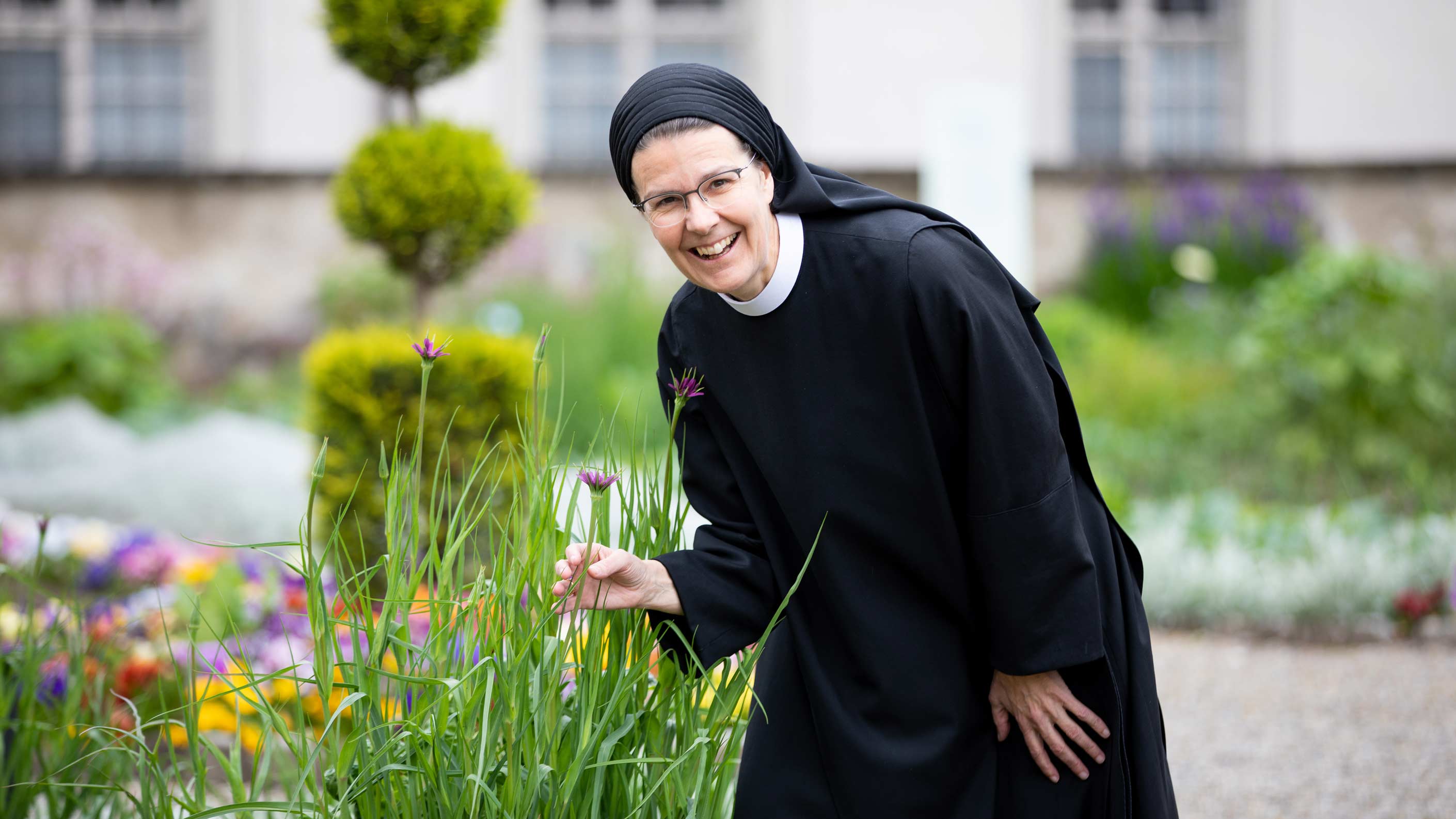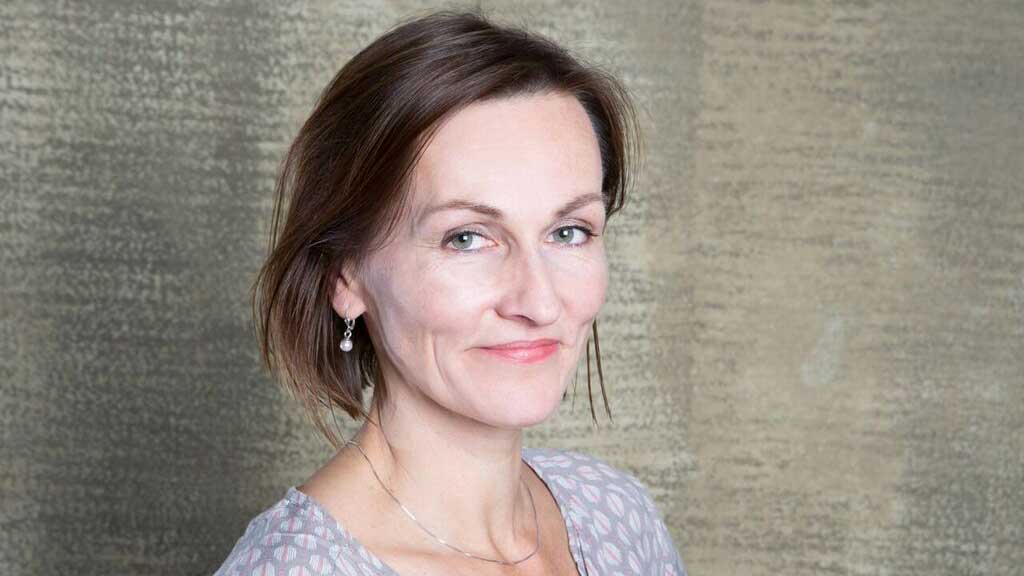‘Tiny houses don’t belong in meadows’
Alesch Wenger and his partner Florentina Gojani have a tiny house in Zurich Altstetten. The couple spent more than two years designing and building their mobile house. They talk to us about housing shortages, the price of tiny houses and why they are the future.
Alesch, what made you decide to build a tiny house?
I’m an architect and I specialise in small homes. I started out as a conventional architect, but I’ve always been interested in these kinds of small living spaces.
Why is that?
As an architect, it’s easier for me to manage the whole project – from the initial idea to handing over the keys. I built the tiny house with my girlfriend Florentina, who is a project manager in IT. We played around with the idea for more than two years in our architectural firm, then we built it ourselves in about 8 months.
‘In Switzerland, a tiny house costs between 120,000 and 150,000 francs.’
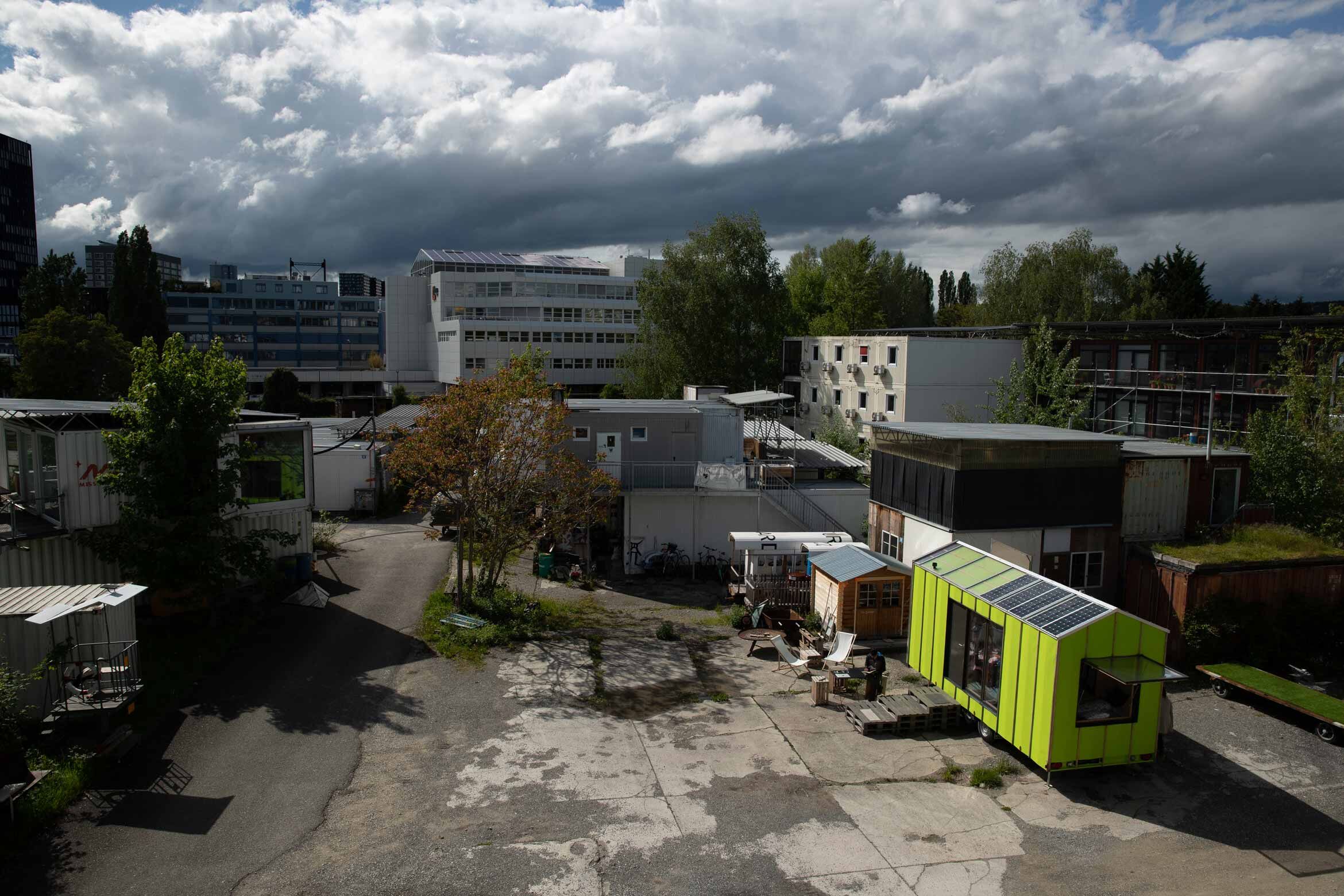
You are joint owners of the architectural firm. Do all your clients want tiny houses?
No, we get all kinds of enquiries. Some clients just want answers to specific questions. Others are looking for ways of making their building self-sufficient, so they are no longer dependent on external energy sources. Others are interested in building a mini house.
What’s the difference between a tiny house and a mini house?
A tiny house is usually mobile. It has its own chassis and is fairly easy to move from A to B. Mini houses don’t have a chassis, they have to be transported on a truck. Then there are micro apartments. These are like normal apartments, but no larger than 40 square metres.
Tiny homes are really on trend. What are their benefits?
I need to explain the background to this – nowadays, more and more people are living alone. There are more single households than ever before. People are having fewer children, and the population is aging. But this trend isn’t being reflected in the type of housing that is on offer. Small homes are a way of trying to fill this gap. Then there’s the environmental aspect. It has been shown that people who move into tiny homes roughly halve their ecological footprint. They cut their primary energy consumption by up to 90%, which has a huge impact on our environment.
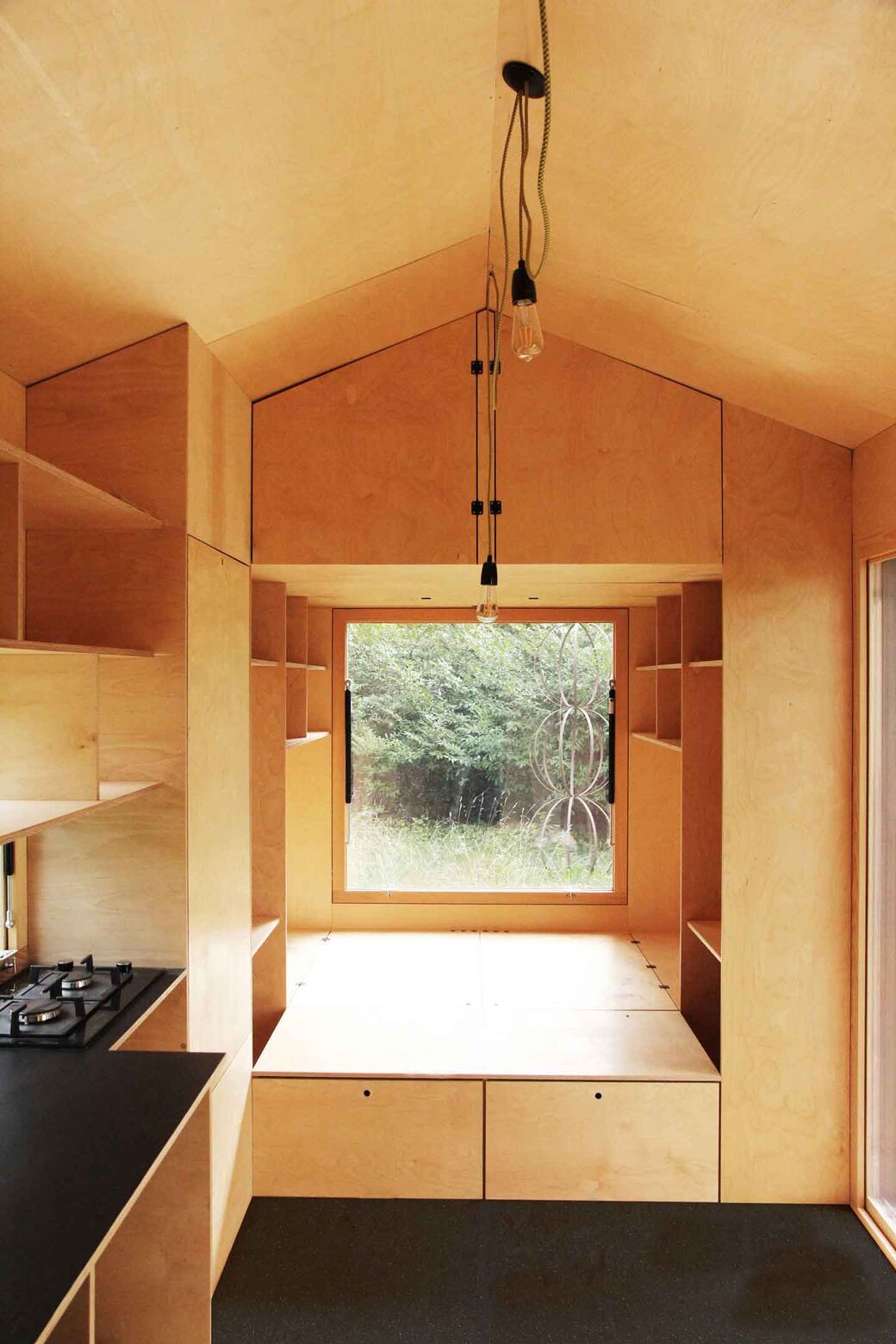
‘We built it ourselves in about 8 months.’
How much do these houses cost?
It depends. You can buy a 15- or 20-square-metre tiny house fairly cheaply in Germany, with inexpensive models ranging from 50,000 to 70,000 euros. Unfortunately, it’s usually difficult to get a building permit for such houses here in Switzerland. It’s true that you can put it anywhere, but you’ll be breaking Swiss law.
So is it better to have a tiny house built here in Switzerland?
Yes, I think so. It’s a lot more expensive but you end up with a long-lasting product and it’s easy to get a permit. In Switzerland, a tiny house costs between 120,000 and 150,000 francs.
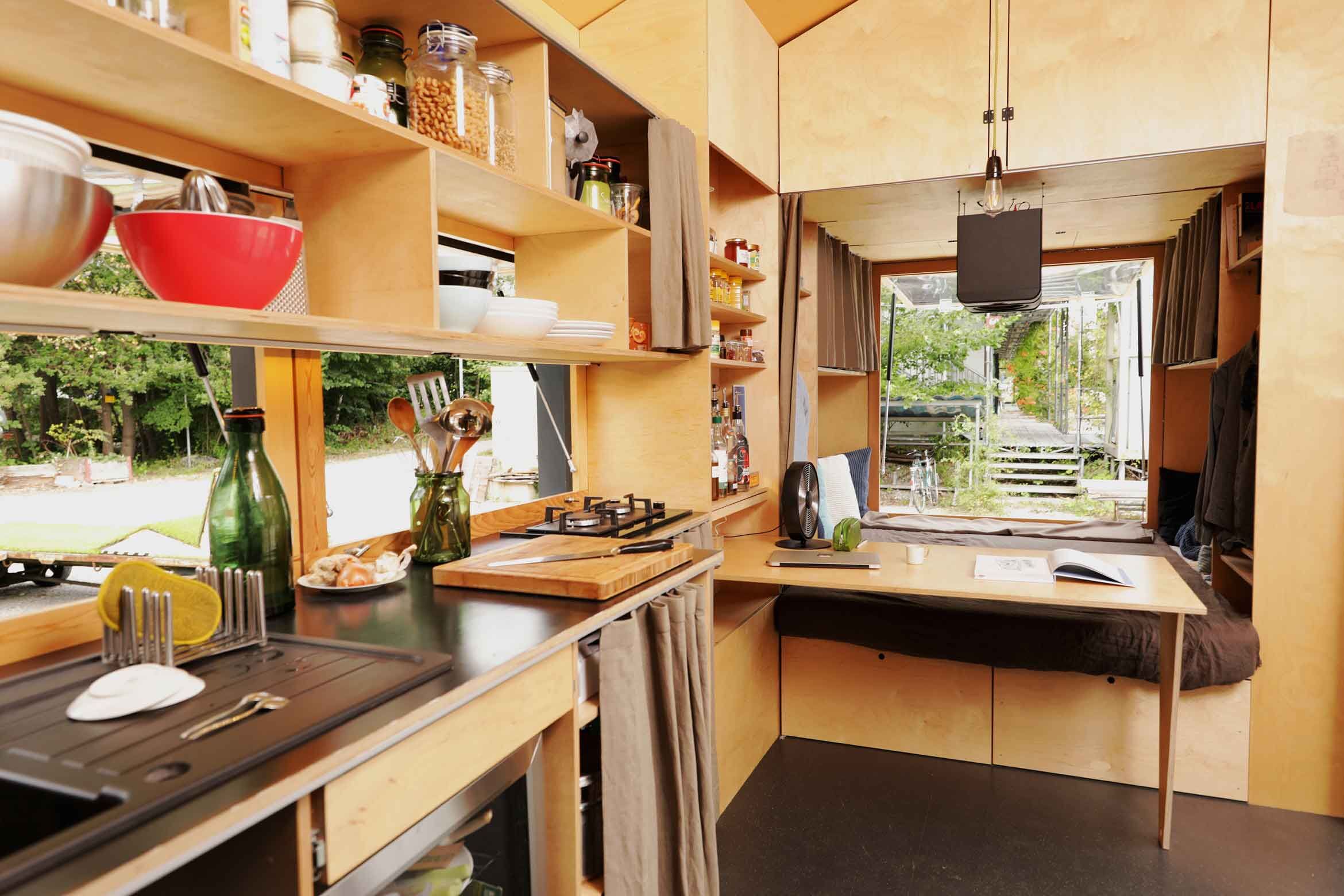
And what about a mini house?
A mini house measuring 35 to 40 square metres costs around 250,000 francs. Small homes measuring 70 to 80 square metres cost much more, starting at 350,000 francs.
Can small homes solve the housing shortage in cities like Zurich?
They are certainly one way of addressing the problem. But we need other solutions too. Downsizing isn’t a magic formula. It makes sense as a way of concentrating housing on unutilised land.
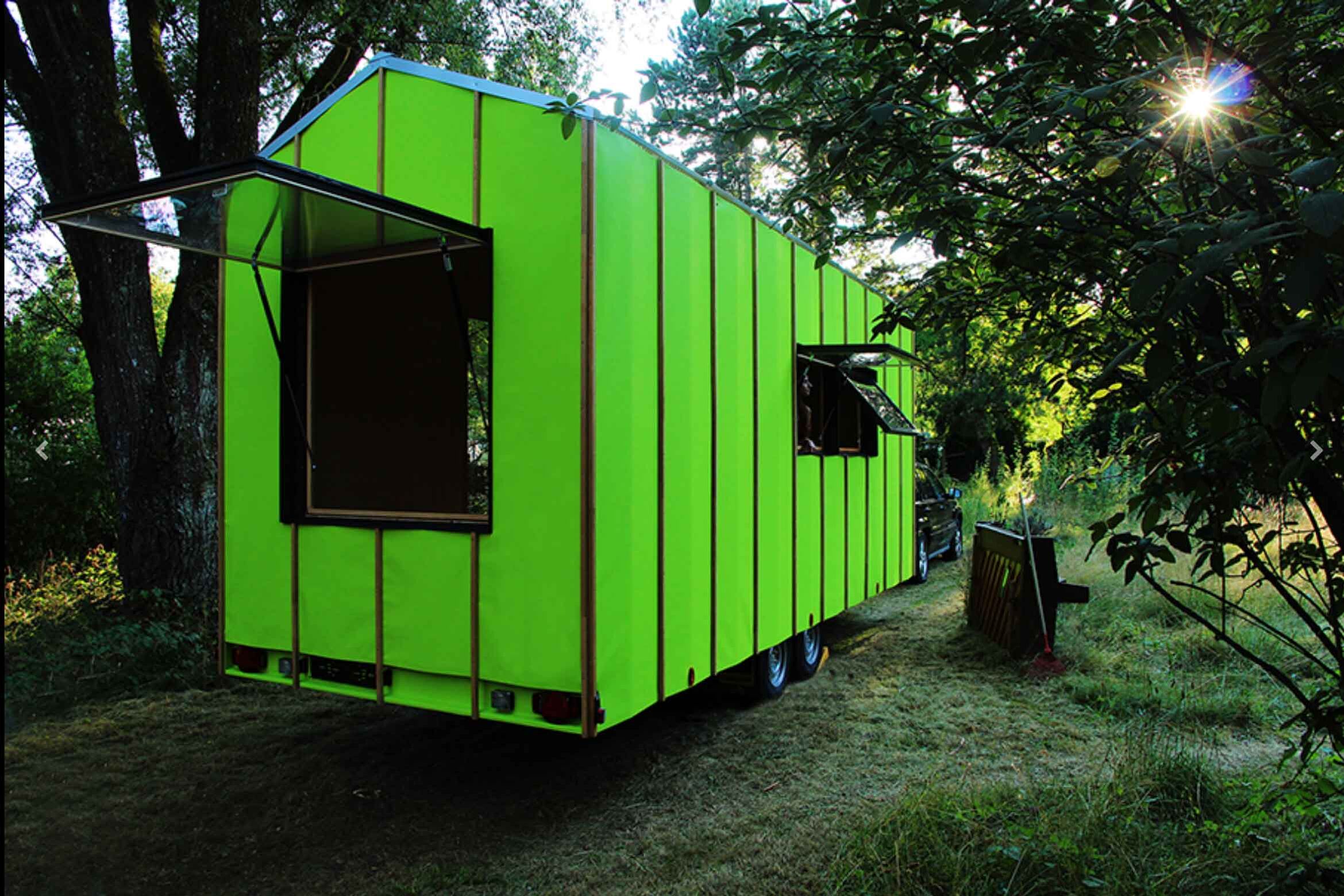
‘Downsizing isn’t a magic formula.’
What do you mean?
The problem is that land for housing is in short supply. The adverts for tiny houses often show them standing in a meadow surrounded by nature. But in my opinion, that’s not the point – it makes no sense to downsize and then use a huge amount of land. We should be looking at how tiny houses can fill the gaps. This kind of housing should be slotted into unused spaces like front gardens or flat roofs, places where it’s relatively cheap and easy to add new homes.
